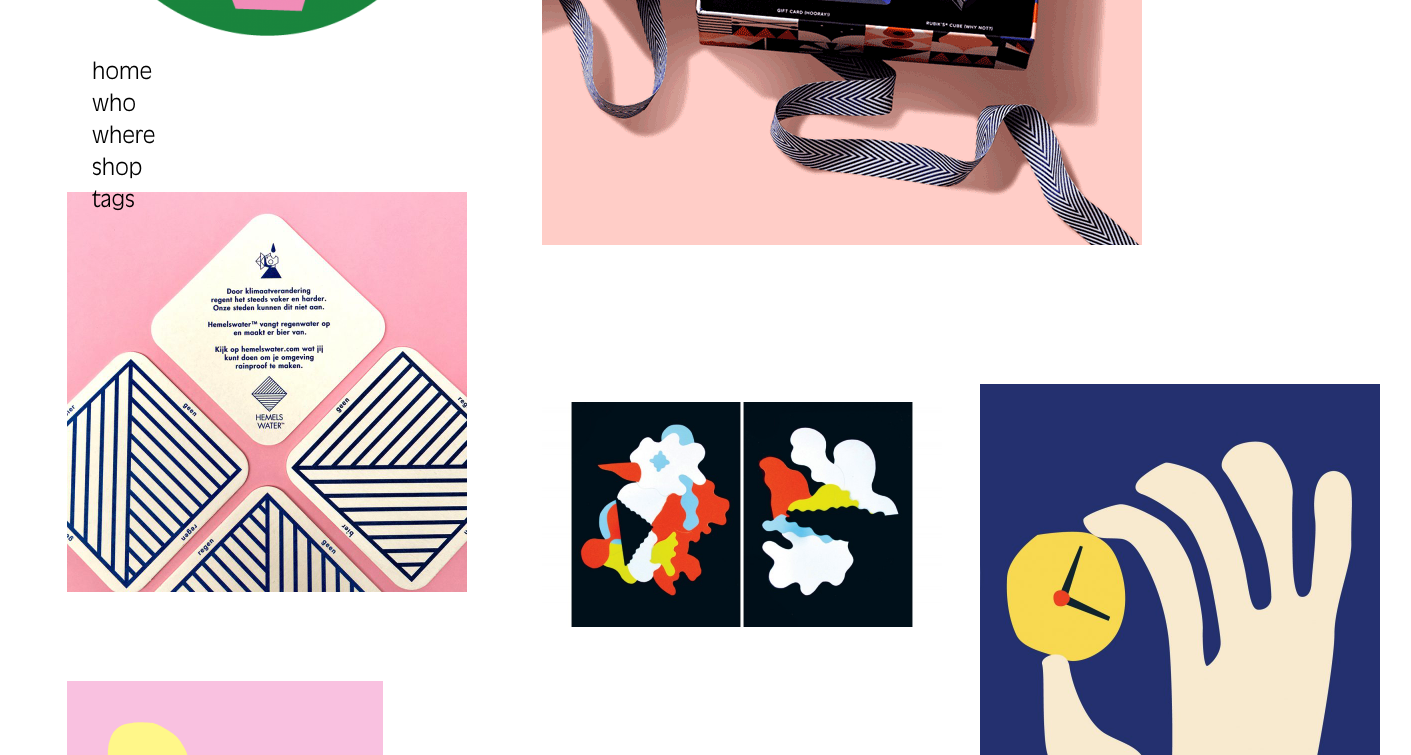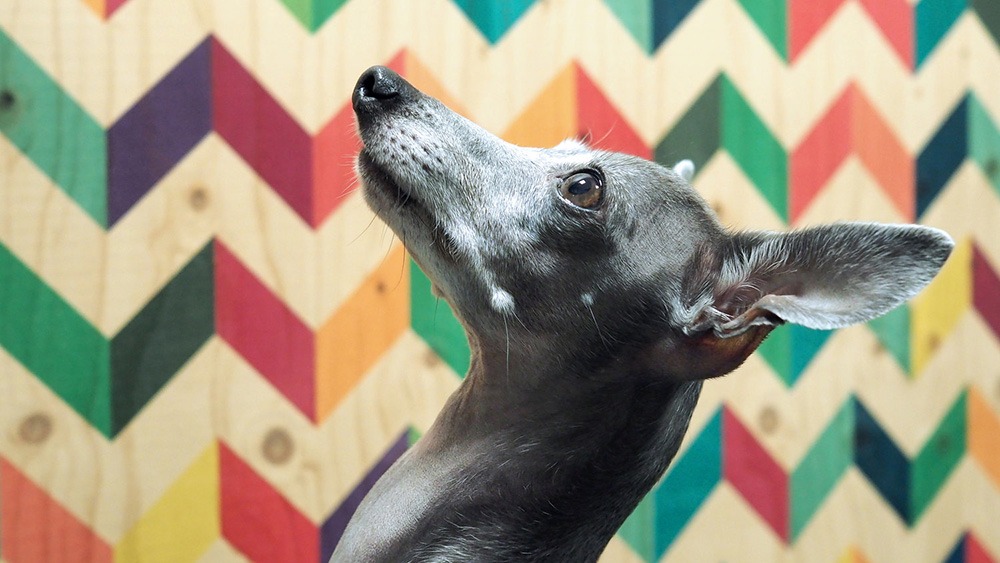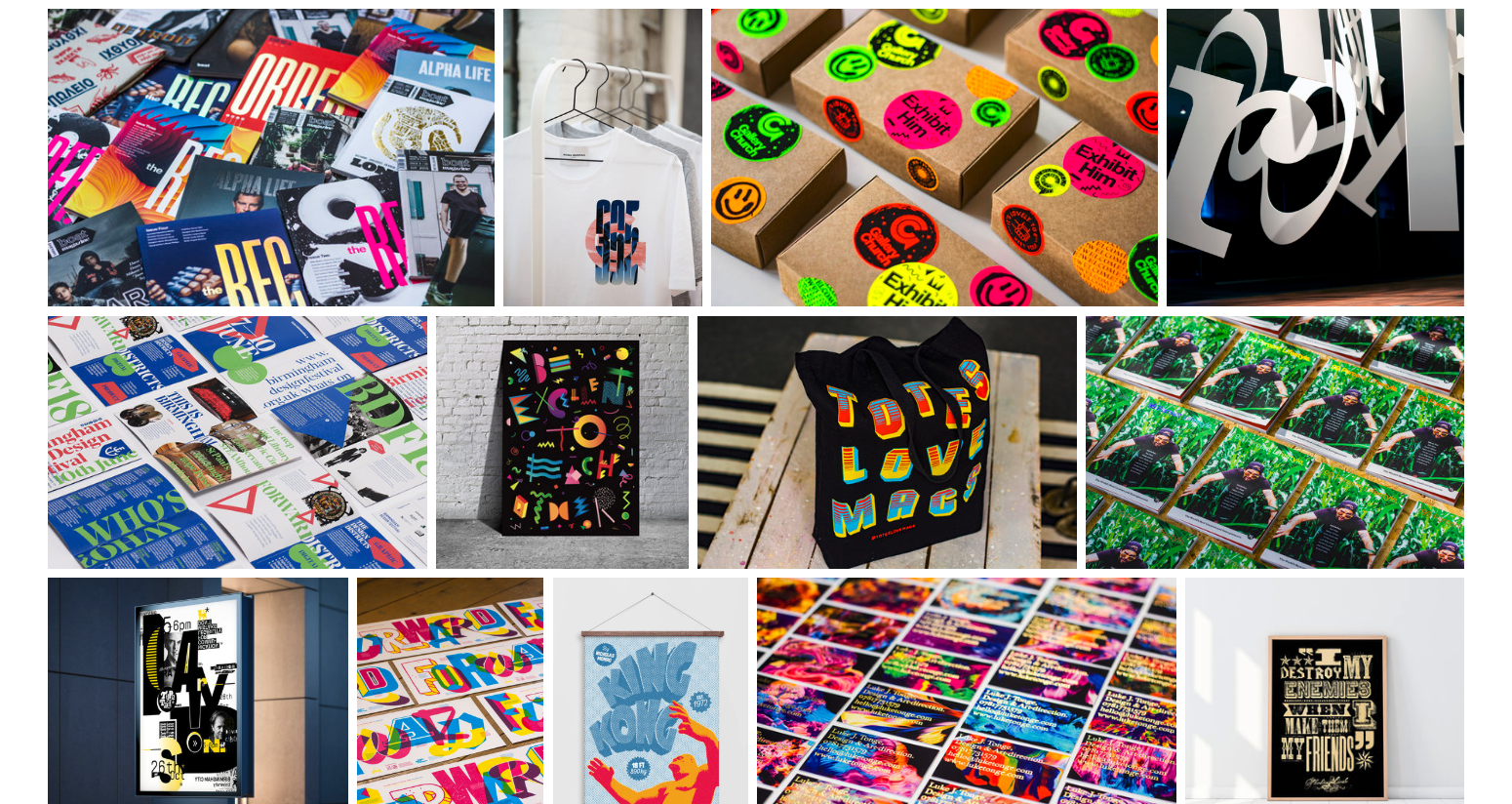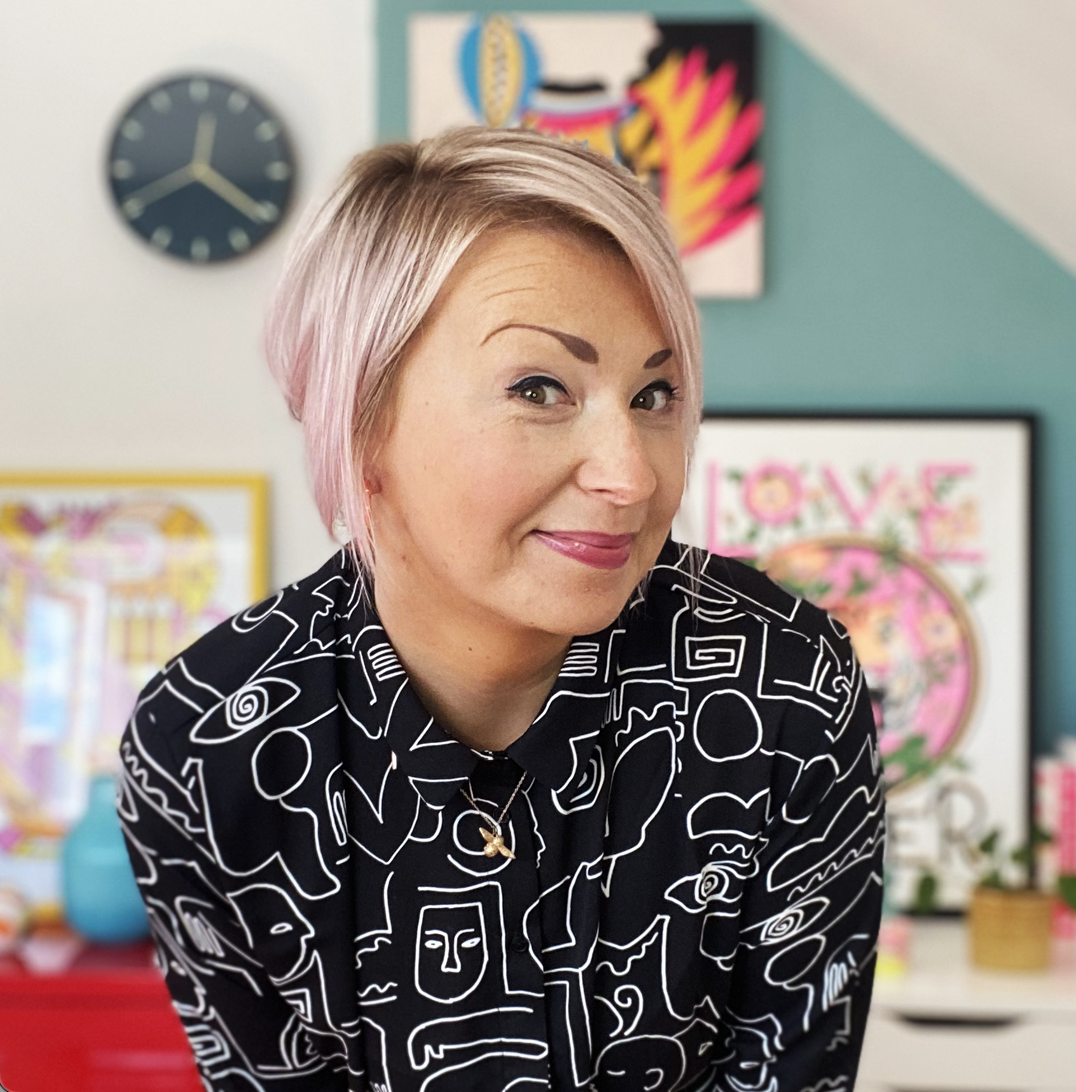5 quick-fire portfolio tips from design experts
How to create a portfolio that wins you the work you want.
Your design portfolio is one of your most useful tools. It can win you commissions, help you snag a new design job, attract collaborators, and get your work in front of new audiences. So it's worth putting some effort into getting your portfolio into the best shape.
We asked design professionals to share their best advice for creating an awesome portfolio. Read on for their top tips, or get inspired by our roundup of some of the best design portfolios around right now.
01. Show the work you want to get

The longer you're in the design industry, the fuller your portfolio will become. Guide your career path by only showing the work you want more of. “With time your portfolio becomes more diverse,” explains illustrator Sue Doeksen. “A portfolio reflects who you are or how you work, so only show the types of projects you want to continue doing in the future.”
02. Focus on ideas
If you're pitching or interviewing for a job, don't be put off if what's in your portfolio doesn't match the type of work the studio does – it's the way you think and how you approach briefs that's often most important.
“We like to think we don’t have a style,” Paul Felton, graphic designer at Common Curiosity, comments. “Our work isn’t driven by trends. We really like seeing great work for more unusual clients – a portfolio with some brilliant outcomes for less obvious institutions is always a good sign of a strong portfolio.”
03. Make it memorable

Sweden-based designer Jenny Theolin says that when it comes to portfolios, making it memorable is key. Most hirers will be flicking through a lot of designers' books, so make sure yours doesn't get lost. “90 per cent of the portfolio sites I see are instantly forgettable," says Theolin. "I would much rather see your take on René Magritte’s flying penises, than another corporate client case study.”
04. Sweat the details
Art director Luke Tonge says it’s worth being meticulous. “Your portfolio should represent what you’re enthusiastic about, how you think and your best work,” he continues. “Focus on quality not quantity – sweat the details and always get it proof read.”
05. Think about your aim

One size does not fit all: how you angle your portfolio will dictate who it appeals to. “Colourful, intriguing and dynamic work will grab and hold anyone’s attention; a versatile portfolio will make you more attractive to agencies; and a more specialised body of work should attract commissions and collaborators,” Tonge concludes. As you edit your portfolio, consider what you want to achieve with it at that point in your career.
This article was originally published in Computer Arts, the world's best-selling design magazine. Buy issue 289 or subscribe.
Read more:

Thank you for reading 5 articles this month* Join now for unlimited access
Enjoy your first month for just £1 / $1 / €1
*Read 5 free articles per month without a subscription

Join now for unlimited access
Try first month for just £1 / $1 / €1
Get the Creative Bloq Newsletter
Daily design news, reviews, how-tos and more, as picked by the editors.

Lisa Hassell is a creative coach and the founder of Inkygoodness – a global community on a mission to connect, inspire, and empower the next generation of artists, illustrators and creative entrepreneurs.
